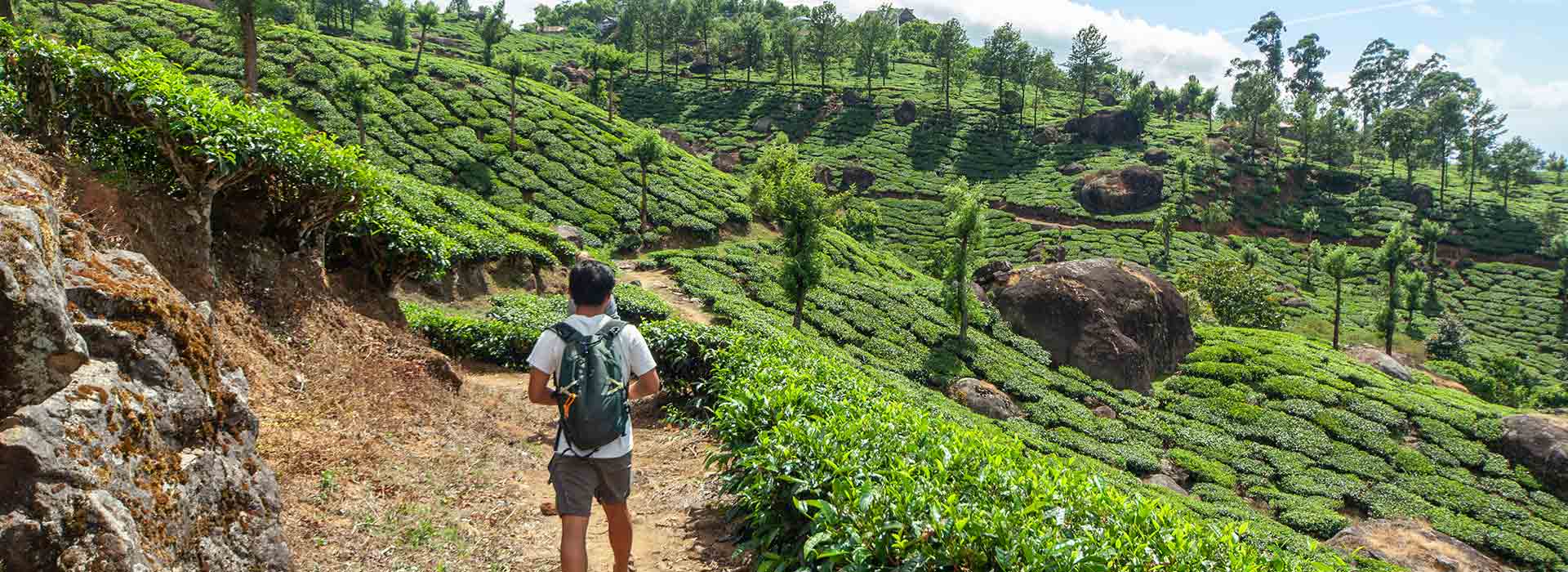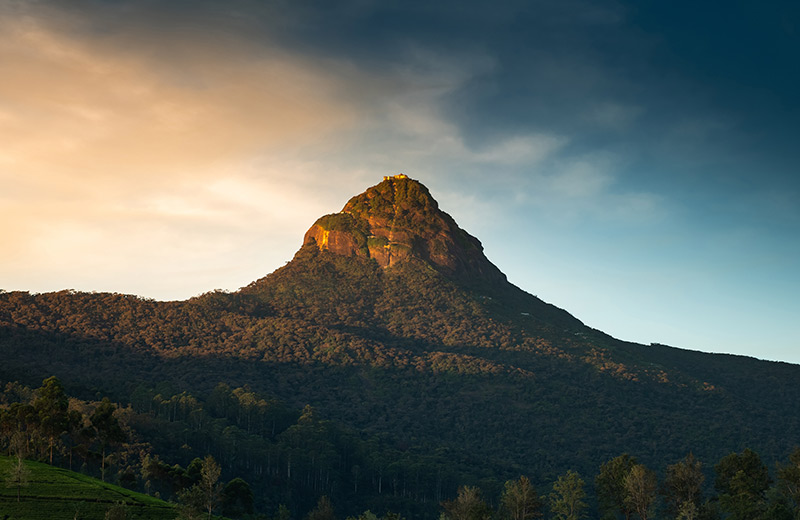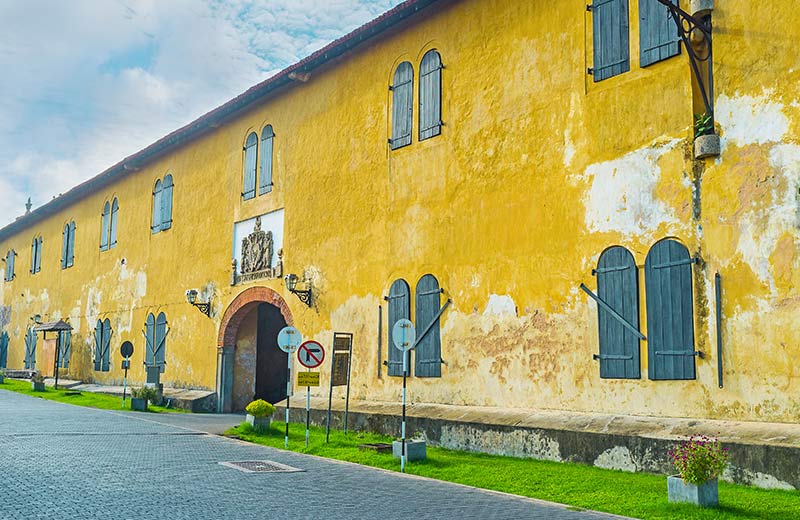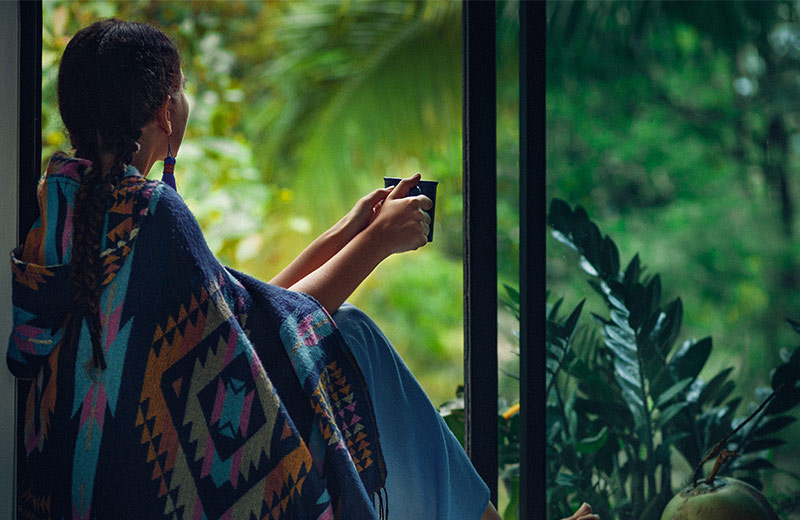A Solo Traveller’s Guide to Exploring the Land of Ceylon Tea
From the moment you land on this beautiful island nation to the moment you leave, you’re going to be drinking tea, tea, tea! Sri Lankans consume an average of three cups of tea a day, so it’s no wonder that this national drink powers a major part of the island’s economy, giving 4.5 percent of its population a livelihood and using hundreds of thousands of acres of land. There are loads of tea estates to choose from that can get you a close up look at how tea is produced, and plenty of attractions in the vicinity to keep you entertained during your adventure. From the lush green hills of up-country to the lowlands of the south, here’s a quick guide to exploring the land of Ceylon tea.
The Delicate Teas of Nuwara Eliya
The mist that hangs over the city of Nuwara Eliya gives it an enchanting feel, and the area is known as the most important location for tea production in the country. Its name means the City of Light, and is home to stunning landscapes and the coldest temperatures on the island.
The colours and flavours of the tea produced in Sri Lanka varies with the growing conditions of its plants. The mountains of Nuwara Eliya are clad in tea estates with elevations of more than 6,000 feet above sea level, with temperatures dropping to lower than 5 degrees Celsius. Tea plants here therefore grow much more slowly than at lower altitudes, and yield leaves that are much smaller. These small leaves are the reason for Nuwara Eliya’s distinctly delicate tea flavours, which are said to be amongst the finest in the country. After the leaves are deftly plucked from its plant by the skilled tea pluckers, they are processed and packaged at the factory – ready for consumption. Some of the machines used during the production process are over 100 years old. Tea estates that you can visit in Nuwara Eliya include the Bluefield Tea Factory and Pedro Tea Estate.
During your tour of Nuwara Eliya, some other attractions you can visit is Horton Plains National Park, where you can trek up for the view at World’s End; Laxapana Falls, the 8th-highest waterfall in Sri Lanka and the beautiful Gregory Lake, easily found at the town’s centre.
The Flavoured Teas of Kandy
The types of tea produced from the Camellia Sinensis, depends on its climate conditions, its elevation above sea level, and other factors like rainfall. Teas in Kandy tend to have richer flavours than their counterparts in Nuwara Eliya. This is mainly due to the fact that they’re grown at lower altitudes – between 2,000 and 4,000 feet above sea level – and in warmer climates, meaning that their leaves are larger. The best tea is plucked early in the year, between January and March, when the climate is cool but dry. Tea estates that you can visit in the area include the Kadugannawa Tea Factory and Ceylon Estate Teas.
The ancient Kingdom of Kandy is a UNESCO World Heritage Site. Home to the Temple of the Sacred Tooth Relic the city forms a major part of Sri Lanka’s history. As when visiting any temple in Sri Lanka, ensure that you are modestly dressed with legs and shoulders covered. You could also visit the Royal Botanical Gardens of Kandy, walk along the edge of the Sea of Milk (also known as Kandy Lake), or go for a trek through the Udawattekele Sanctuary.
The Robust Teas of Ahangama
While most tea is grown in the hills of the Central Province, the southern coast is on a gradual rise to tea-fame. Less than an hour away from the popular town of Mirissa, Ahangama is home to one of the country’s lowland tea estates. Grown at elevations of around 2,000 feet above sea level, the tea plants of the south have bigger leaves than those of Kandy or Nuwara Eliya and with a much stronger flavour, owing to warmer climates.
The Handunugoda Tea Estate, which is a short drive away from beach towns like Mirissa and Unawatuna produces a rare White Tea (also known as Silver Tips). After spending your day relaxing on sandy shores of the southern coast, visit this estate for a change of scenery and to immerse yourself in Sri Lanka’s tea heritage.



